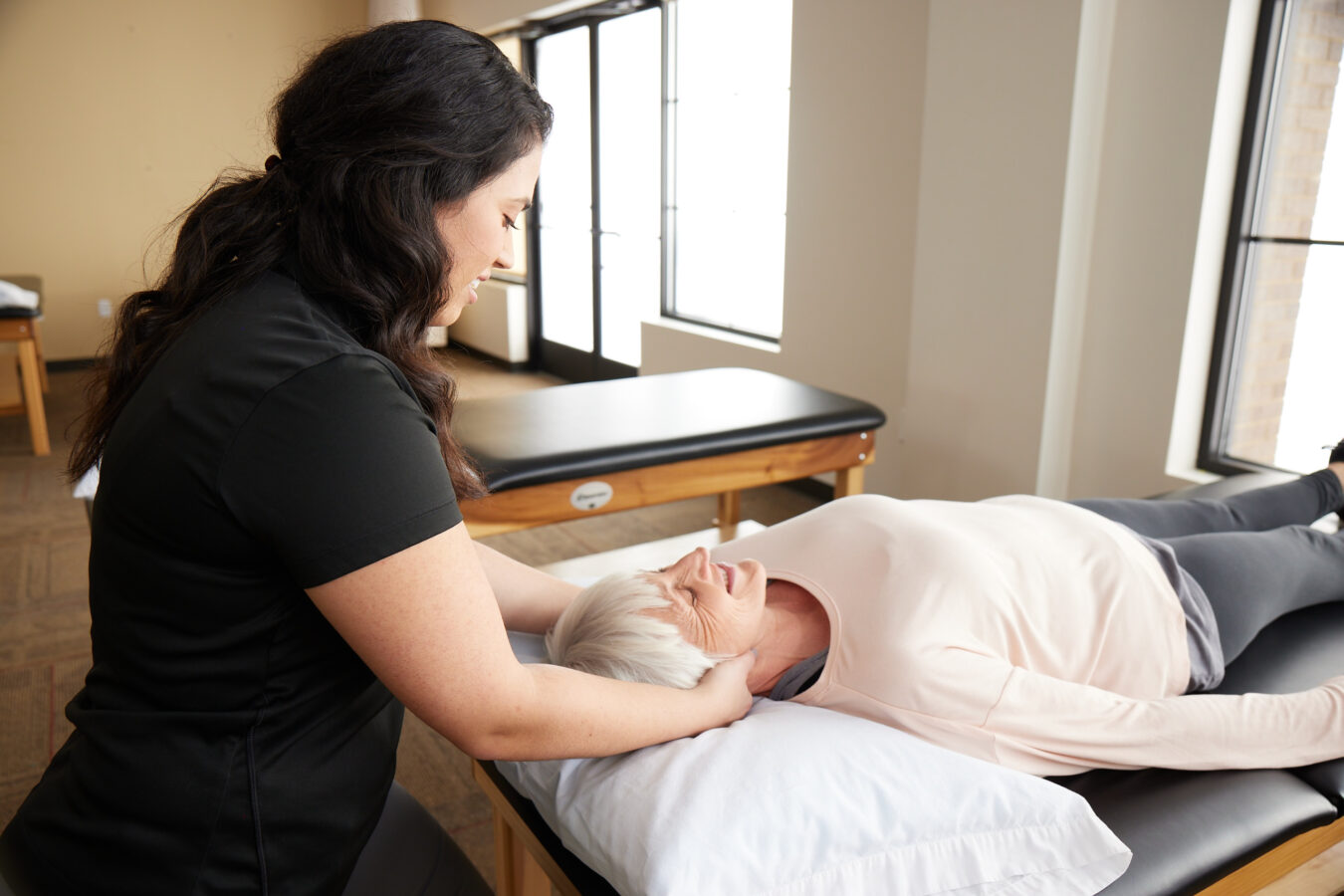
Most people will be involved in a car accident at some time in their life, either as a driver or passenger. Fortunately, most are minor fender benders that don’t cause any serious injuries. But not every vehicle occupant is so lucky. According to the National Safety Council, there were 4.8 million medically-consulted car accident injuries in the year 2020. The good news is that with medical care and rehabilitative therapy, most will recover from car crash injuries without chronic pain or disability. Physical therapy is often recommended for pain, stiffness, and mobility problems related to motor vehicle accidents. Read on to learn when to go to physical therapy after a car accident.
To understand why injuries are so common in vehicle crashes, it is helpful to understand the physics at play during a collision. A single-car accident actually consists of three separate collisions.
The first collision happens when the vehicle strikes another object. The second collision occurs as the human passenger moving at the same speed of the vehicle connects with an outside force—whether that is the seatbelt, the dash, or any other object in the path of motion. The final collision is internal. This is when the organs make impact with bones and other organs inside the body.
All of these collisions exert considerable force upon the body’s structures. While seatbelts and airbags are highly-effective at mitigating this impact, some injuries cannot be prevented. Common injuries resulting from auto accidents include lacerations, contusions, broken bones, sprains and strains, whiplash, and concussions and other traumatic brain injuries.
Let’s say you have already seen your doctor after a recent car accident, but you have a few nagging aches and pains that won’t subside. You may benefit from physical therapy for conditions stemming from a motor vehicle crash if you have:
These signs and symptoms may be indicative of the common car accident injuries mentioned above. Without treatment, injuries can worsen over time and result in chronic pain and disability.
After a serious car accident, passengers may have obvious signs of trauma. However, not all injuries are immediately apparent. It is important to be mindful of symptoms that develop in the hours and days following an accident and share your concerns with your provider and physical therapist. Pain, in particular, is a vital cue that something is going on in the body that needs attention.
Some conditions are not visible to the eye or may develop or worsen after the initial crash. Internal bleeding, bone fractures, and sprains and strains are common examples of “invisible” or delayed injuries. This is why anyone who has experienced a car accident should get medical attention at the scene or see their healthcare provider as soon as possible to rule out serious, invisible injuries.
From there, your provider may recommend physical therapy to treat these conditions, reduce symptoms, and help you get back to the activities and tasks that were a part of your life before your accident.
Physical therapy is often prescribed in conjunction with other treatments for patients who have been injured in auto accidents. Car accident physical therapy is beneficial for many reasons. It helps reduce pain, improve mobility and function, and regain strength and balance—all without the use of medication.
Take the first step to address those nagging aches and pains that are a constant reminder of your accident. Accelerate your recovery and achieve relief with a safe and effective physical therapy plan created just for you. Find a physical therapy clinic near you.
External Sources: